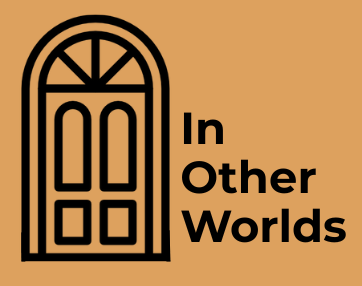In Other Worlds was founded on a simple belief: that literature in translation opens doors to places we might never otherwise enter.
Each translation carries a voice across borders. Each story, once retold, becomes a bridge between cultures, revealing how language both divides and connects us. This magazine exists to honour that passage, to make visible the translators who enable it, the writers whose words travel through it, and the readers who seek new worlds within it.
Here, translation is not an afterthought but a centrepiece of literary life. Through essays, profiles, reflections, and news, In Other Worlds celebrates the art and practice of translation, its challenges, its creativity, and its quiet power to reshape how we read and understand.
The magazine’s door icon reflects this spirit. A door marks both boundary and possibility: it stands between worlds, inviting entry while framing what lies beyond. In the same way, In Other Worlds stands at the threshold of languages, opening onto new voices, perspectives, and ideas.
This is a space for encounter, where literature crosses frontiers and where stories find their second lives.
